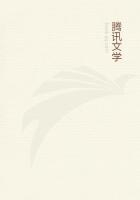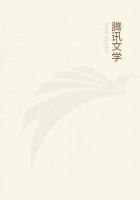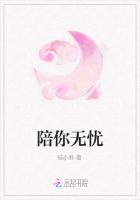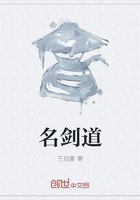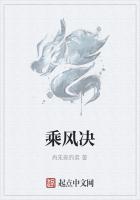Introduction Murad the Unlucky The Limerick Gloves Madame de FleuryINTRODUCTIONMaria Edgeworth came of a lively family which had settled in Ireland in the latter part of the sixteenth century. Her father at the age of five-and-twenty inherited the family estates at Edgeworths-town in 1769. He had snatched an early marriage, which did not prove happy. He had a little son, whom he was educating upon the principles set forth in Rousseau's "Emile," and a daughter Maria, who was born on the 1st of January, 1767. He was then living at Hare Hatch, near Maidenhead. In March, 1773, his first wife died after giving birth to a daughter named Anna. In July, 1773, he married again, Honora Sneyd, and went to live in Ireland, taking with him his daughter Maria, who was then about six years old. Two years afterwards she was sent from Ireland to a school at Derby. In April, 1780, her father's second wife died, and advised him upon her death-bed to marry her sister Elizabeth. He married his deceased wife's sister on the next following Christmas Day.
Maria Edgeworth was in that year removed to a school in London, and her holidays were often spent with her father's friend Thomas Day, the author of "Sandford and Merton," an eccentric enthusiast who lived then at Anningsley, in Surrey.
Maria Edgeworth--always a little body--was conspicuous among her schoolfellows for quick wit, and was apt alike for study and invention. She was story-teller general to the community. In 1782, at the age of fifteen, she left school and went home with her father and his third wife, who then settled finally at Edgeworthstown.
At Edgeworthstown Richard Lovell Edgeworth now became active in the direct training of his children, in the improvement of his estate, and in schemes for the improvement of the country. His eldest daughter, Maria, showing skill with the pen, he made her more and more his companion and fellow-worker to good ends. She kept household accounts, had entrusted to her the whole education of a little brother, wrote stories on a slate and read them to the family, wiped them off when not approved, and copied them in ink if they proved popular with the home public. Miss Edgeworth's first printed book was a plea for the education of women, "Letters to Literary Ladies," published in 1795, when her age was eight-and-twenty. Next year, 1796, working with her father, she produced the first volume of the "Parent's Assistant." In November, 1797, when Miss Edgeworth's age was nearly thirty-one, her father, then aged fifty-three, lost his third wife, and he married a fourth in the following May. The fourth wife, at first objected to, was young enough to be a companion and friend, and between her and Maria Edgeworth a fast friendship came to be established. In the year of her father's fourth marriage Maria joined him in the production of two volumes on "Practical Education." Then followed books for children, including "Harry and Lucy," which had been begun by her father years before in partnership with his second wife, when Thomas Day began writing "Sandford and Merton," with the original intention that it should be worked in as a part of the whole scheme.
In the year 1800 Miss Edgeworth, thirty-three years old, began her independent career as a novelist with "Castle Rackrent;" and from that time on, work followed work in illustration of the power of a woman of genius to associate quick wit and quick feeling with sound sense and a good reason for speaking. Sir Walter Scott in his frank way declared that he received an impulse from Miss Edgeworth's example as a storyteller. In the general preface to his own final edition of the Waverley Novels he said that "Without being so presumptuous as to hope to emulate the rich humour, pathetic tenderness, and admirable tact, which pervade the works of my accomplished friend, I felt that something might be attempted for my own country of the same kind with that which Miss Edgeworth so fortunately achieved for Ireland--something which might introduce her natives to those of the sister kingdom in a more favourable light than they had been placed hitherto, and tend to procure sympathy for their virtues and indulgence for their foibles."Of the three stories in this volume, who--"Murad the Unlucky" and "The Limerick Gloves"--first appeared in three volumes of "Popular Tales," which were first published in 1804, with a short introduction by Miss Edgeworth's father. "Madame de Fleury" was written a few years later.
H. M.



